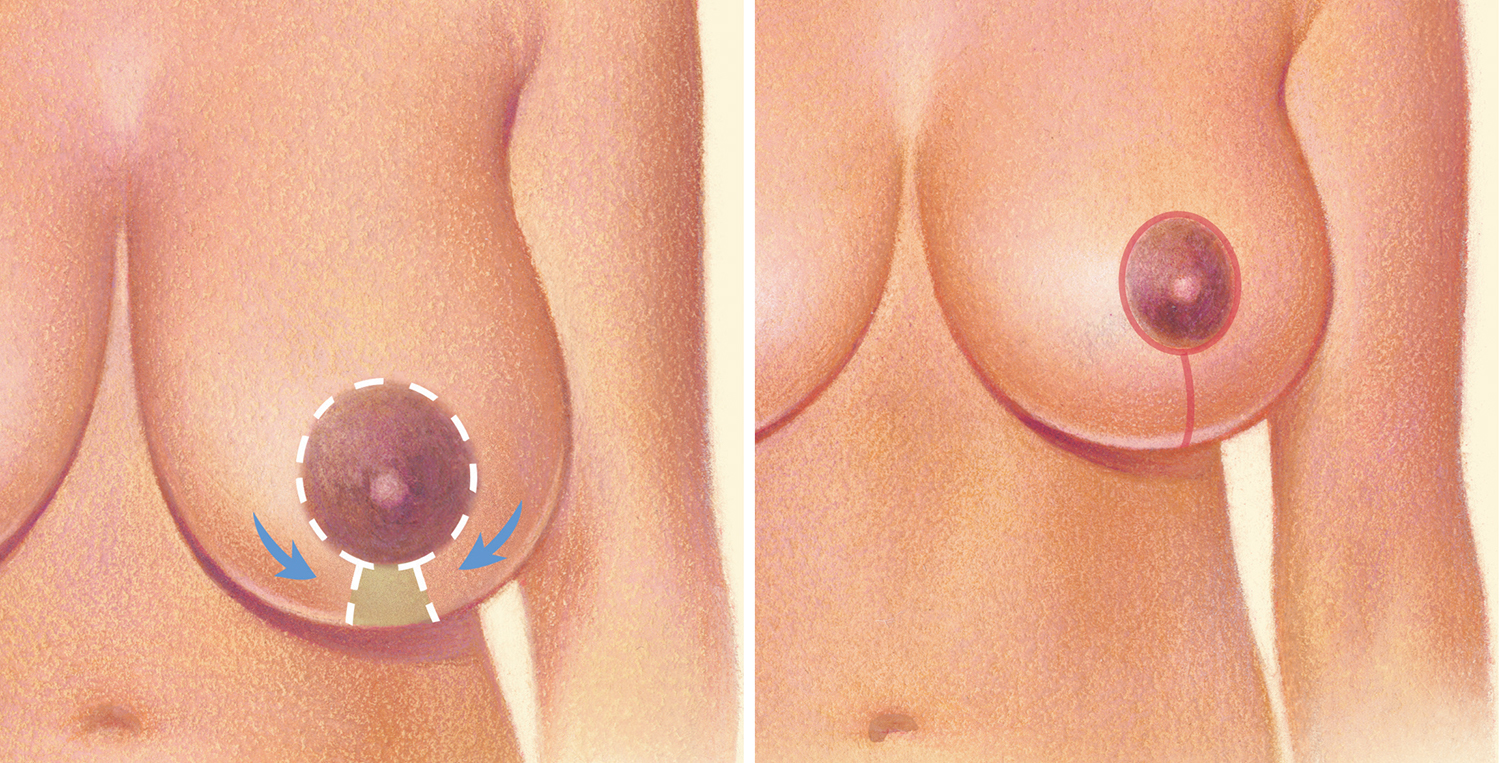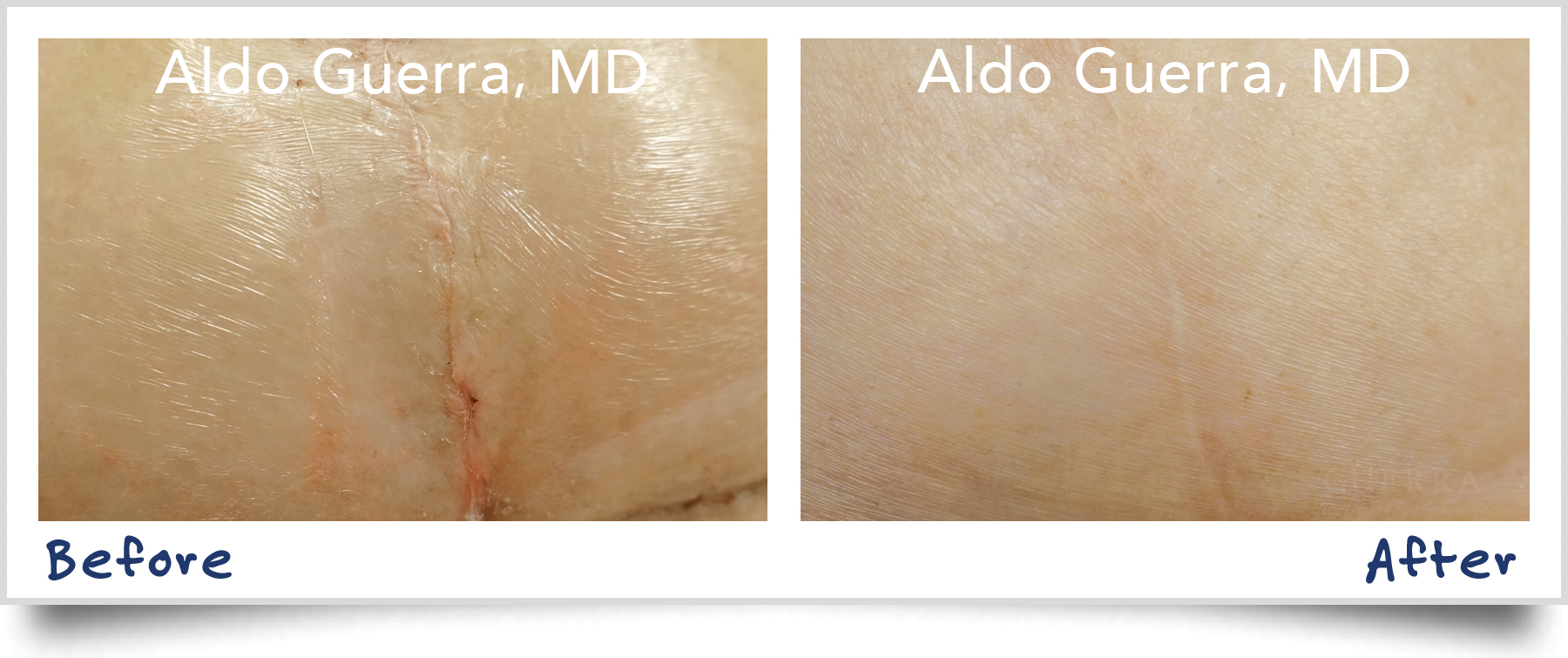Breast Reduction Surgery: What you need to know (Part 2)


In the previous blog, we discussed what breast reduction surgery is, how much it costs, the preparation it entails, who the good candidates are, and the procedure itself. Here’s the final installment in this procedure duology.
Recovery
Recovering from a breast reduction surgery can have minimal downtime if the patient strictly follows the doctor’s instructions.
Patients may be able to see the changes in their breasts immediately following the procedure. Immediately post-op; however, patients will have to contend with a support bra, elastic bandage, or dressings to protect and support the incisions and the area. The bra is particularly important as it would help to minimize swelling while the breasts continue to heal.
Next, a small, thin tube may be temporarily placed within the area to drain excess fluid or blood. This would also protect the area from becoming irritated and minimize swelling. A special protective tape is placed on the incisions and left for 21 days. This allows patients to shower within 48 hours after surgery and the tape dressing is “low maintenance” for patients.
Now, the recovery period varies from person to person. However, almost all cases would see physicians prescribing oral or topical medications to promote healing and to protect the area. It is also advisable to take at least a week or two off work while the patient recovers. Physical activity should be avoided for a month.
It is also normal for the breasts to feel swollen or painful after the first few days. The surgeon would typically prescribe painkillers to ward off the pain.
Complications
Mayo Clinic as well as the American Society of Plastic Surgeons (ASPS): warn that “the risk of poor wound healing seems to increase with the amount of breast tissue removed. However, it is very clear that women with a higher body mass index (BMI above 30) are at greater risk of complications from breast reduction surgery.”
WebMD also adds, “scars are a normal side effect of breast reduction surgery. These scars will fade over time but will never completely disappear. Scars can be made worse if you lift heavy objects too soon after surgery. In rare cases, some people have certain complications, such as inadequate healing of the nipple area that may require a skin graft.” We prefer to use embrace® Scar Defense on all our breast reduction and breast lift incisions. embrace® Scar Therapy really shines on breast incisions and creates outstanding results.
Therefore, patients are advised to consult their surgeons immediately if they feel any complications, such as chest pains, shortness of breath, or unusual heart beats. The telltale signs of infection—such as fever, tenderness, redness, or unusual swelling at the surgical site, as well as discharge of fluids at the incisions —all merits a doctor’s visit as well.
Possible Risks
Like any other surgery, breast reduction surgery comes with a specific set of risks. However, the possibility of these risks and complications manifesting is often offset by the fact that breast reduction surgery has a very high satisfaction rating among patients.
That being said, here are some risks to watch out for, according to the ASPS:
- Unfavorable scarring – Although scars can lighten over time, there are instances wherein the scars do not fade enough and are a cause of insecurities for women. Thankfully, majority of the scars can be treated with Embrace Scar Defense very effectively.
- Changes or loss in nipple or breast sensation – this can be temporary or permanent.
- Anesthesia risks.
- Blood related problems, such as excessive bleeding (hematoma) or blood clotting
- Irregular breast contour and shape.
- Skin discoloration, permanent pigmentation changes, swelling and bruising.
- Damages to deeper structures such as nerves, blood vessels, muscles, and lungs.
- Breast asymmetry.
- Fluid accumulation (seroma).
- Excessive firmness of the breast
- Potential inability to breastfeed – for this reason, patients are advised to tell their doctors about their efforts to conceive and/or wish to breastfeed, before the surgery
- Loss of skin/tissue of breast where incisions meet each other.
- Partial or total loss of nipple and areola
- Deep vein thrombosis, cardiac and pulmonary complications
- Pain
- Allergies to materials such as tape, suture, glues, blood products, topical preparations or injectable agents
- Fat necrosis
- Possibility of revisional surgery
- Infection – breast reduction can be made riskier by an infection. Therefore it is imperative that patients follow their doctor’s advice closely to reduce the risk of an infection.
The same source adds that having the surgery can “interfere with certain diagnostic procedures,” as well as warns that the effects of the surgery may not be permanent pending the patient’s pregnancy or weight fluctuations. However, the benefits of a breast reduction surgery often outweigh the negatives. If there is something that bothers the patient, then they should speak up before they have their surgery.

Conclusion
A breast reduction surgery is a fairly straightforward procedure which removes excess fat from the breasts in order to create a more visually appealing appearance as well as to address the patient’s concerns. To have a successful procedure, however, it is important that the patient be transparent with the surgeon about her expectations, as well as her motivations for the surgery. Doing so will help the surgeon come up with a detailed and effective plan that would help the patient achieve her goals while at the same time create a natural-looking contour for the patient. For most patients, going down several breast cup sizes is the key to living happier, fuller lives.
While the procedure may have several risk factors and complications, the benefits of getting the surgery are often enough to encourage most patients to get help. These patients tend to suffer from poor self-esteem, as well as poor posture and physical discomfort, from having to live with excessive breast tissue. By reducing their breast mass, they would be able to embrace life better particularly in terms of not being limited during physical activities. In fact, the majority of breast reduction patients say they are very satisfied with the results. After the surgery, the vast majority can engage in most physical activity without feeling pain, they can fit into more appropriate clothes, and their physical woes (such as neck pain, back pain, and shoulder pain; not to mention the painful bra strap indentations in their shoulders) can become a thing of the past.


Trackbacks